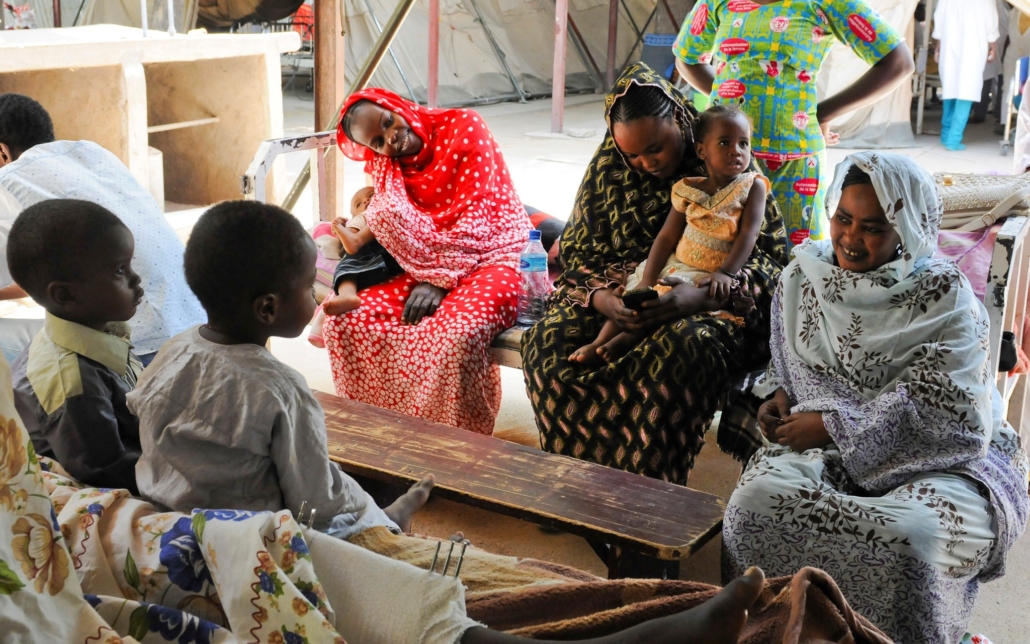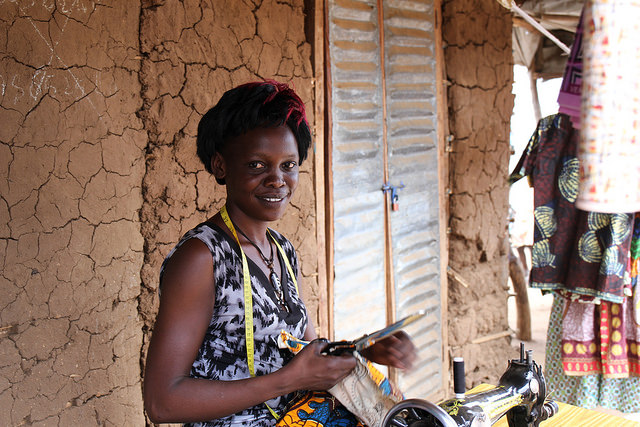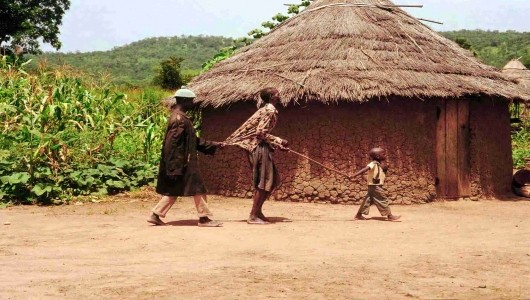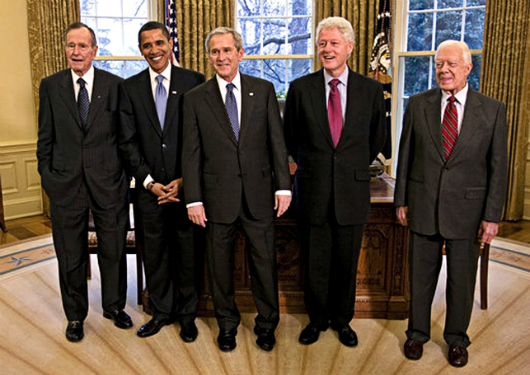 Dracunculiasis, also called guinea worm disease (GWD), is a crippling parasitic infection that has afflicted humankind for thousands of years. The parasite Dracunculus medinensis causes this infection, which spreads when infected copepods (water fleas) contaminate drinking water. Historically endemic across large swathes of Africa, Asia and the Middle East, GWD has long been linked to excruciating pain, disabling disease and economic deprivation in affected populations. However, a global eradication campaign led by the Carter Center, supported by the World Health Organization (WHO) and UNICEF, has nearly eradicated this parasitic disease. The near-elimination of GWD highlights the power of coordinated global health efforts to combat neglected tropical diseases (NTDs). Here is more information about guinea worm disease eradication across the world.
Dracunculiasis, also called guinea worm disease (GWD), is a crippling parasitic infection that has afflicted humankind for thousands of years. The parasite Dracunculus medinensis causes this infection, which spreads when infected copepods (water fleas) contaminate drinking water. Historically endemic across large swathes of Africa, Asia and the Middle East, GWD has long been linked to excruciating pain, disabling disease and economic deprivation in affected populations. However, a global eradication campaign led by the Carter Center, supported by the World Health Organization (WHO) and UNICEF, has nearly eradicated this parasitic disease. The near-elimination of GWD highlights the power of coordinated global health efforts to combat neglected tropical diseases (NTDs). Here is more information about guinea worm disease eradication across the world.
The Lifecycle of the Guinea Worm Parasite
People contract GWD when they drink water containing copepods infected with Guinea worm larvae. Once ingested, the copepods die, releasing larvae into the host’s body. The larvae penetrate the stomach and intestinal walls, eventually maturing into adult worms. Female worms, which can grow up to one meter long, migrate to the skin’s surface about one year after infection. The worm forms a painful blister, typically on the lower limbs, which eventually ruptures, allowing the worm to emerge over several weeks. This agonizing process causes intense pain, inflammation and secondary infections. Many victims submerge the affected area in water to seek relief, inadvertently releasing new larvae into the water source and completing the transmission cycle.
Health and Socioeconomic Impact
Although rarely fatal, guinea worm disease wreaks havoc on affected communities. The intense physical pain and immobility render individuals unable to work, farm or attend school. In rural agricultural settings, this loss of productivity can jeopardize food security and local economies. Beyond health consequences, GWD perpetuates cycles of poverty, increasing economic strain on already overburdened healthcare systems.
Global Guinea Worm Disease Eradication Campaign
In 1986, GWD affected 3.5 million people annually across 20 countries. The Carter Center spearheaded a global guinea worm disease eradication campaign to combat this debilitating disease. The strategy included four main interventions: improving access to safe drinking water using water filters, conducting health education to promote behavior changes, containing cases to prevent water contamination and applying larvicides to kill copepods in stagnant water. By 2023, these efforts reduced cases to a handful in South Sudan, Chad, Mali and Ethiopia, with most countries, such as Ghana and Nigeria, declared free of GWD.
Challenges Eradicating GWD
Despite significant progress, several challenges impede the final push toward eradication. Guinea worm infections in animals, primarily dogs in Chad, complicate efforts to interrupt transmission. Political instability and conflict in countries like South Sudan and Mali hinder surveillance and containment efforts. Environmental factors, such as changing weather and shifting water patterns, may also alter transmission dynamics, creating new challenges for eradication teams.
The Role of Community Engagement
Community involvement has been the cornerstone of the eradication campaign. Empowering local populations to take ownership of the process has accelerated progress. Several community-driven initiatives have played crucial roles in combating guinea worm disease (GWD) with measurable successes.
In 2010, Chad implemented a cash reward program, offering financial incentives to individuals who reported suspected cases of GWD in humans. In 2015, this program was expanded to include reports of infections in animals, significantly improving case detection and containment efforts. Public awareness campaigns through radio, television and community outreach have been key to the program’s success.
Another critical initiative launched in South Sudan, where extensive surveillance networks originated, engaging thousands of volunteers to track and report cases. By 2018, these efforts led to the country announcing the interruption of GWD transmission after 15 consecutive months of zero reported cases.
Health workers and volunteers have also played an essential role in educating communities on water filtration and promoting early case reporting. In addition, local leaders have enforced containment measures and promoted safe water practices, fostering a sense of shared responsibility and resilience in affected areas. Through these sustained efforts, community engagement continues to be a driving force in the final push toward eradicating guinea worm disease.
Looking Ahead
The near-eradication of guinea worm disease represents a historic milestone in global health. It demonstrates how long-term collaboration among diverse partners, community engagement and innovative solutions can overcome even the most persistent health challenges. While obstacles remain, the lessons learned from this campaign will inform future efforts against other NTDs. Achieving eradication will improve millions of lives and affirm that with the right tools and strategies, even the most neglected diseases can be defeated.
– Maheer Zaman
Maheer is based in Fairfax, VA, USA and focuses on Global Health for The Borgen Project.
Photo: Flickr

 Ghana, a country known for its vibrant culture and rich history, faces a pressing challenge at the intersection of health and poverty: neglected tropical diseases (NTDs). Affecting all 10 regions of the so-called “Gateway to Africa,” approximately
Ghana, a country known for its vibrant culture and rich history, faces a pressing challenge at the intersection of health and poverty: neglected tropical diseases (NTDs). Affecting all 10 regions of the so-called “Gateway to Africa,” approximately  Located on the west coast, Mali is one of the
Located on the west coast, Mali is one of the 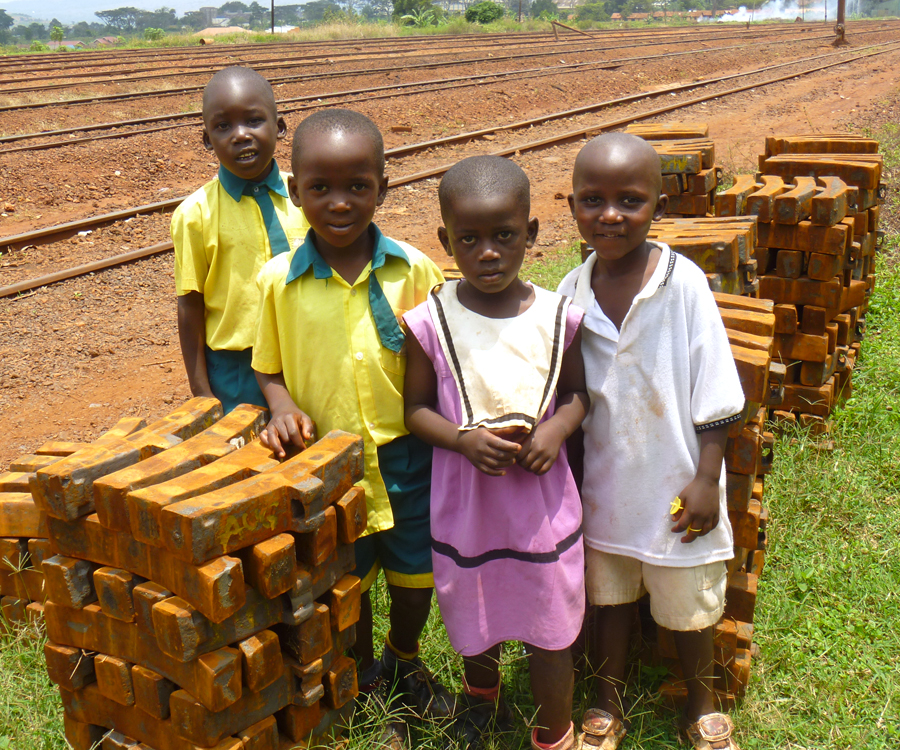
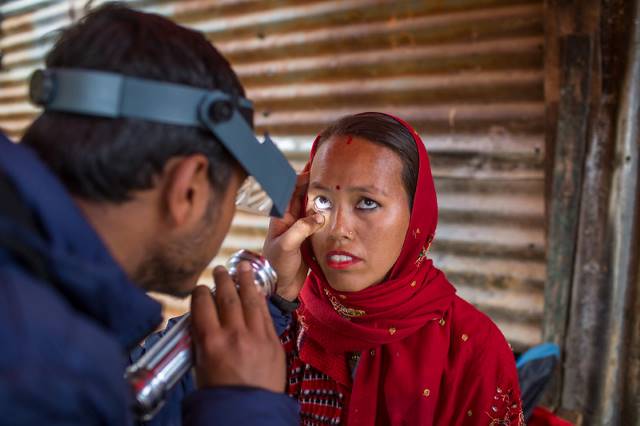 Trachoma, an unsung yet highly infectious disease, is listed by the World Health Organization (WHO) as the leading cause of blindness across the world. Data from March 2020
Trachoma, an unsung yet highly infectious disease, is listed by the World Health Organization (WHO) as the leading cause of blindness across the world. Data from March 2020 